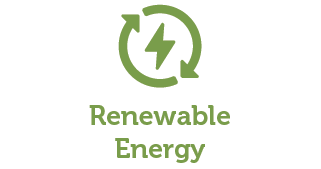Health, Safety and Environment Policy
Environmental Stewardship
For details on Pembina's Greenhouse Gas (GHG) emissions, land use and biodiversity, see our latest performance report.

Committed to protecting the environment; because we live, work and play here too
Health, Safety and Environment Policy
Environmental Stewardship
For details on Pembina's Greenhouse Gas (GHG) emissions, land use and biodiversity, see our latest performance report.

Multiple pathways to achieve target



*Pembina’s 30 by 30 target is based on an operational control approach to define our organizational boundaries for GHG reporting and includes all material scope 1 and 2 emissions sources associated with Pembina operated facilities and pipelines, as well as corporate activities.
